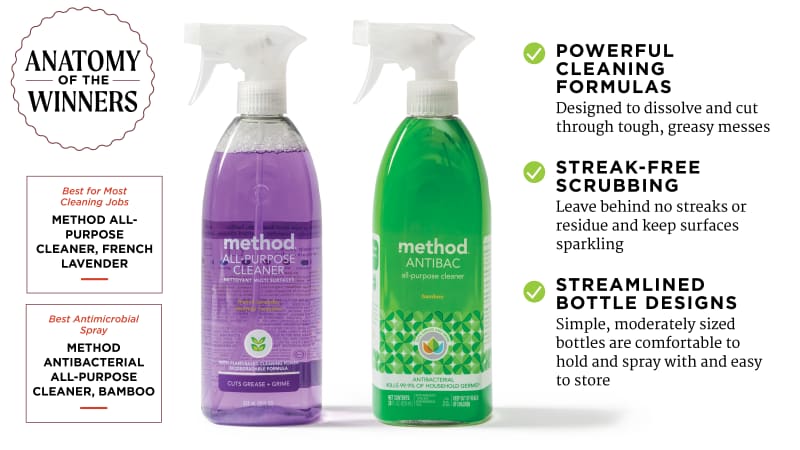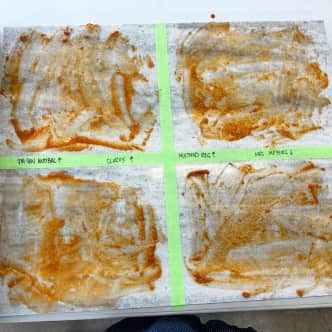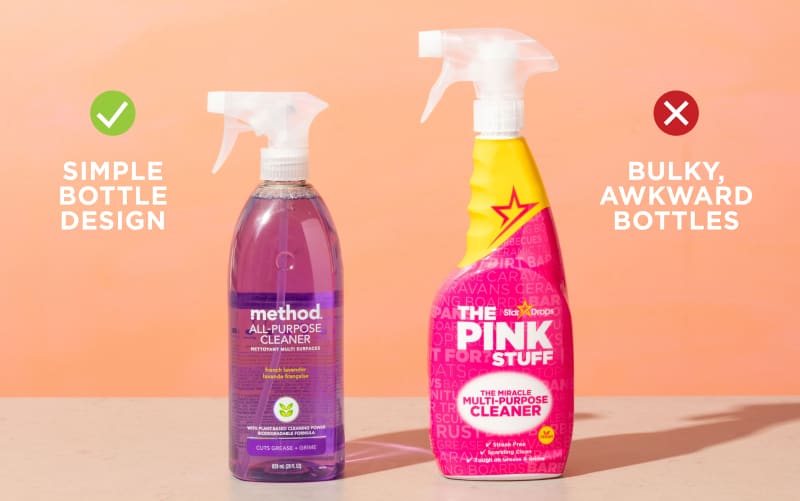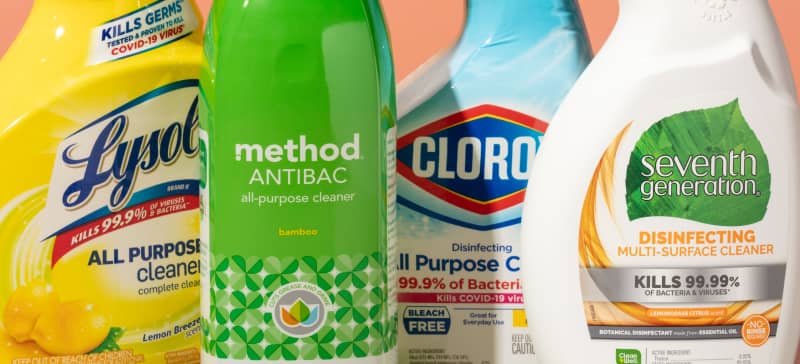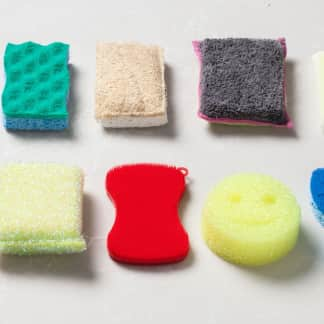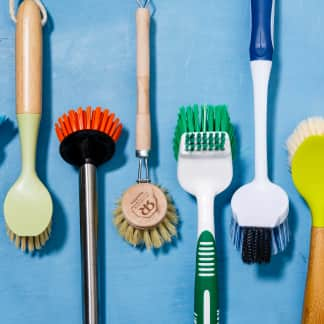Multipurpose cleaning sprays are formulated to tackle messes on a wide array of home surfaces. Only a few products consistently cleaned well in testing. Method All-Purpose Cleaner, French Lavender dissolved stubborn messes in our homes and test kitchen, leaving behind virtually no streaks or residue. Its reliable cleaning power and pleasant scent make it the best option for most home cleaning jobs. We also think it’s a good idea to keep a safe yet effective antimicrobial product to disinfect high-contact surfaces or clean up after working with raw meats. Method Antibacterial All-Purpose Cleaner, Bamboo is our favorite antimicrobial spray. It excelled in all our cleaning tests, and it killed germs effectively when used properly. It contains fewer harmful chemicals than most of the antimicrobial sprays we tested but outperformed them all in our tests. It has a strong scent that a couple testers disliked.
If you're looking for multipurpose cleaning products designed to use less plastic, check out our review of eco-friendly multipurpose cleaners.



